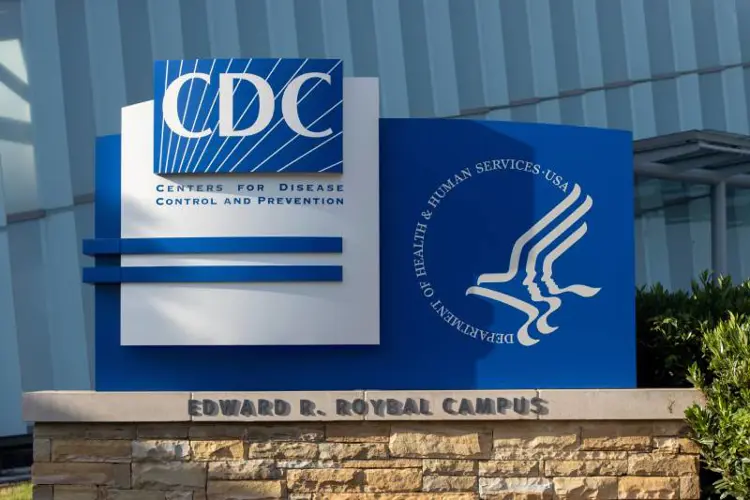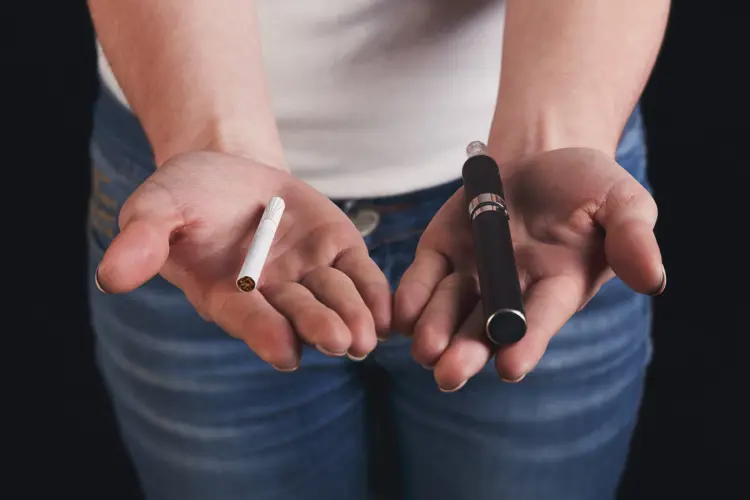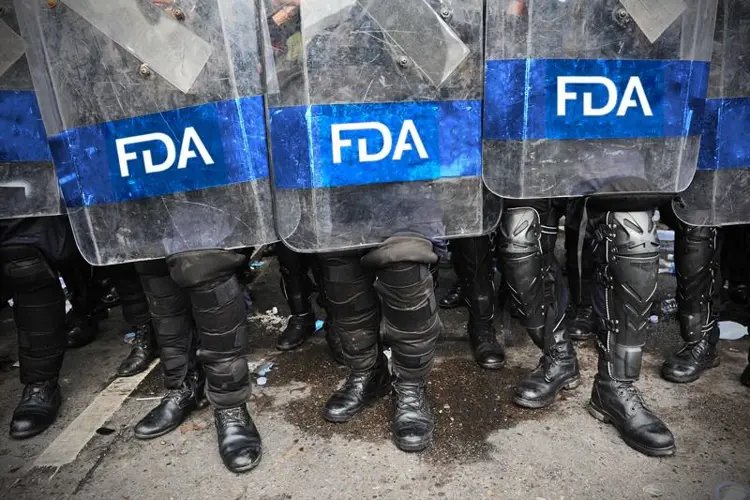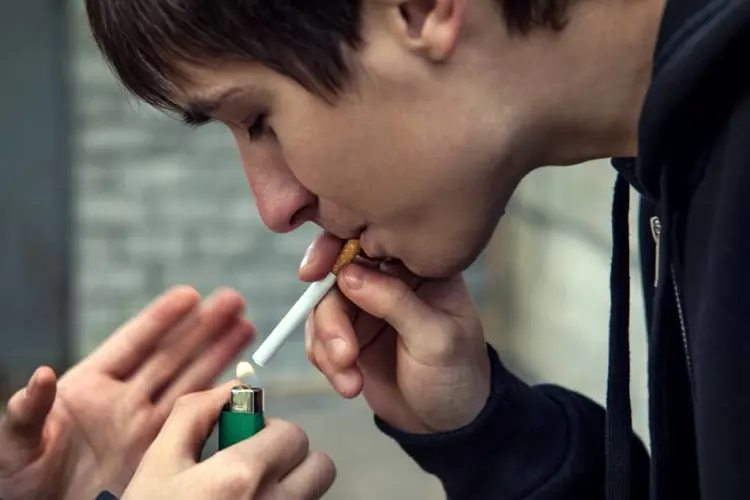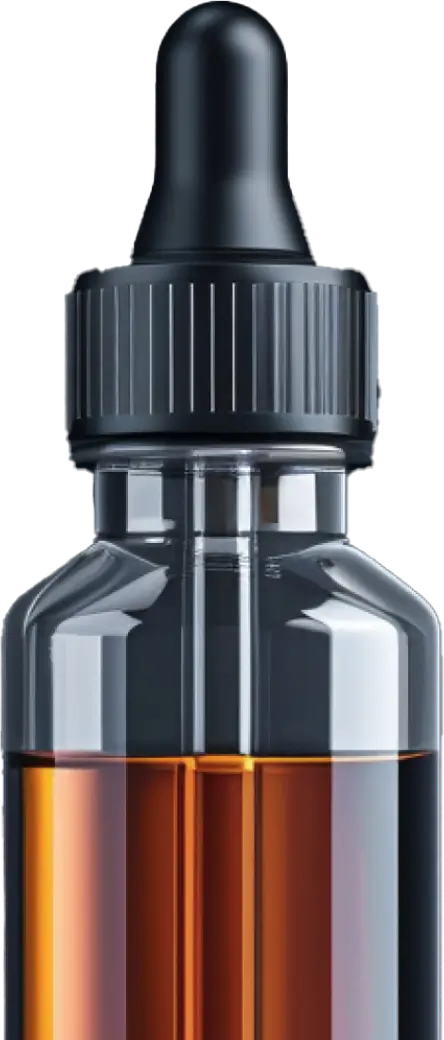After years of encouraging terrible state and local vaping laws by promoting the belief that “no tobacco product is safe” and that vaping isn’t proven to help smokers quit, the federal government wants to know what the results have been of its long and determined effort to bury vaping.
The National Institutes of Health is spending $1.4 million to fund a study looking at the results of vaping regulations. That’s a lot of cash for information almost any vaper could have given them for free.
The NIH and FDA Center for Tobacco Products have spent hundreds of millions of dollars studying almost every aspect of vaping you could think of — from the Twitter habits of vapers and the concentrations of vapor in the air at vape meets.
In fact, they’ve funded studies of almost everything except what we really need to know, like if there are dangerous constituents in e-liquid that could be avoided, and which flavors are most effective to help smokers switch to vaping. Most of the studies the NIH has funded have been targeted at finding reasons to discourage, restrict and ban vaping. Much of the research has been weaponized as propaganda. And that has led to a lot of terrible regulations, laws, and taxes.
Local and state regulations and laws have arguably caused even worse damage than the FDA.
Georgia State University researcher Michael Pesko will lead a team from five universities in an investigation of the effects of e-cigarette regulations. According to a GSU press release, Dr. Pesko, an assistant professor of economics, has received a $1.4 million grant from the NIH to fund the four-year study.
The researchers “will study the effects of e-cigarette-related regulations on pricing, access, public perception of the safety of e-cigarettes, and the use and sale of e-cigarettes, traditional cigarettes, cigars and smokeless tobacco.” They’ll also examine the impact vaping regulations has had on sales of nicotine replacement therapy products like patches and gum.
“There is a gap in understanding how to regulate or deregulate e-cigarettes in the most optimal way from the perspective of public health,” Pesko said in the press release, “and a lack of understanding of what spillover effects vaping regulations might have on other health behaviors.”
“If e-cigarettes are heavily taxed or regulated, people might be discouraged from using them as smoking cessation devices, which would likely have a negative impact on public health,” Pesko said. “On the other hand, e-cigarettes are not harmless and so regulating them could have health benefits if the regulations don’t tip people into more dangerous traditional cigarette use.”
Of course, through the tireless work of tobacco control groups like the Campaign for Tobacco-Free Kids and antagonistic federal agencies like the FDA and CDC, a majority of Americans already believe that nicotine causes cancer and that e-cigarettes are a menace to public health. That propaganda has also made doctors question the value of vapes for their patients who smoke.
Most vaping regulations are not intended to improve the quality or safety of the products.
The Georgia State study will last four years. Coincidentally, we’re four years away from the last day vapor companies must submit premarket tobacco applications (PMTA’s) to the FDA or be forced to remove their products from the market. Not a single vaping manufacturer has submitted a PMTA yet. The cost of preparing one is estimated at millions of dollars. Let’s call that result number one of regulations: the industry is facing a painful death.
The fear of Aug. 8, 2022 is one of the most significant results of vaping regulations. Because of the uncertainty about the FDA rules, many vaping companies have shut down, and many more are considering it. Expansion of thriving businesses is not happening because of doubts about the future. And because the Deeming Rule froze the market in place in 2016, new products can’t be legally introduced, and existing products can’t be changed — not even to improve them or make them safer. That gives an advantage to those willing to break the rules, and penalizes those who aren’t.
Those are just the results of federal regulations. Local and state regulations and laws have arguably caused even worse damage than the FDA. Some of those include:
- Taxes that make vaping less attractive as a smoking alternative, and make vape shops operate with a significant handicap compared to out-of-state online vendors and pharma quit-smoking products
- Shipping restrictions that prevent customers in some states from buying online
- Zoning rules that prevent residents in some areas from having access to vapor products locally
- Flavor bans that put flavored all e-liquid and vape pens—no matter what substance is actually inside—in the same category as cigars and sometimes menthol cigarettes; it wouldn't matter if the product was actually going to be used as a vape pen for cbd
- Labeling requirements that force manufacturers to claim their products are hazardous in unproven ways
- Age limits that prevent 18- to 20-year-olds from using vapor products
On top of those results, the worst damage caused by the FDA/NIH war on vaping is the reputational damage to the products, the industry, and to individual vapers, who have been ridiculed and demonized for daring to quit smoking with vapes in a way not approved by regulators.
Smokers will continue to smoke, and all involved will be very pleased with themselves.
“E-cigarettes are an intriguing new dimension to traditional tobacco control efforts because it is unclear how they will affect the pattern of disease and death from tobacco,” Dr. Pesko said. “Will e-cigarettes help, or will they hurt, and what regulations, if any, would facilitate the best outcome from the perspective of public health?”
Perhaps the Georgia State study will expose the terrible damage done by the propaganda effort that has both led and followed the regulatory war on vaping. Maybe it will attempt to quantify the cumulative disease and death that has resulted from 10 years of exaggerating the dangers and underplaying the benefits vaping would have for millions of smokers.
Most vaping regulations are not intended to improve the quality or safety of the products. Rather, they’re written to discourage use. The end result is to protect cigarette sales and keep tobacco taxes rolling in. And to kill more smokers.
More likely, the study will conclude that the FDA has issued careful, balanced regulations, that the states have been justifiably cautious, and that vapes must be taxed to discourage teen use. Smokers will continue to smoke, and all involved will be very pleased with themselves.
The Freemax REXA PRO and REXA SMART are highly advanced pod vapes, offering seemingly endless features, beautiful touchscreens, and new DUOMAX pods.
The OXVA XLIM Pro 2 DNA is powered by a custom-made Evolv DNA chipset, offering a Replay function and dry hit protection. Read our review to find out more.
The SKE Bar is a 2 mL replaceable pod vape with a 500 mAh battery, a 1.2-ohm mesh coil, and 35 flavors to choose from in 2% nicotine.
Because of declining cigarette sales, state governments in the U.S. and countries around the world are looking to vapor products as a new source of tax revenue.
The legal age to buy e-cigarettes and other vaping products varies around the world. The United States recently changed the legal minimum sales age to 21.
A list of vaping product flavor bans and online sales bans in the United States, and sales and possession bans in other countries.









